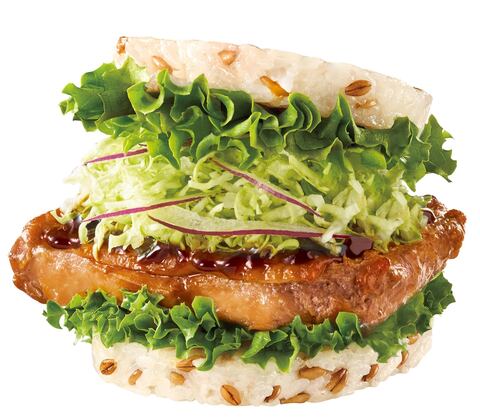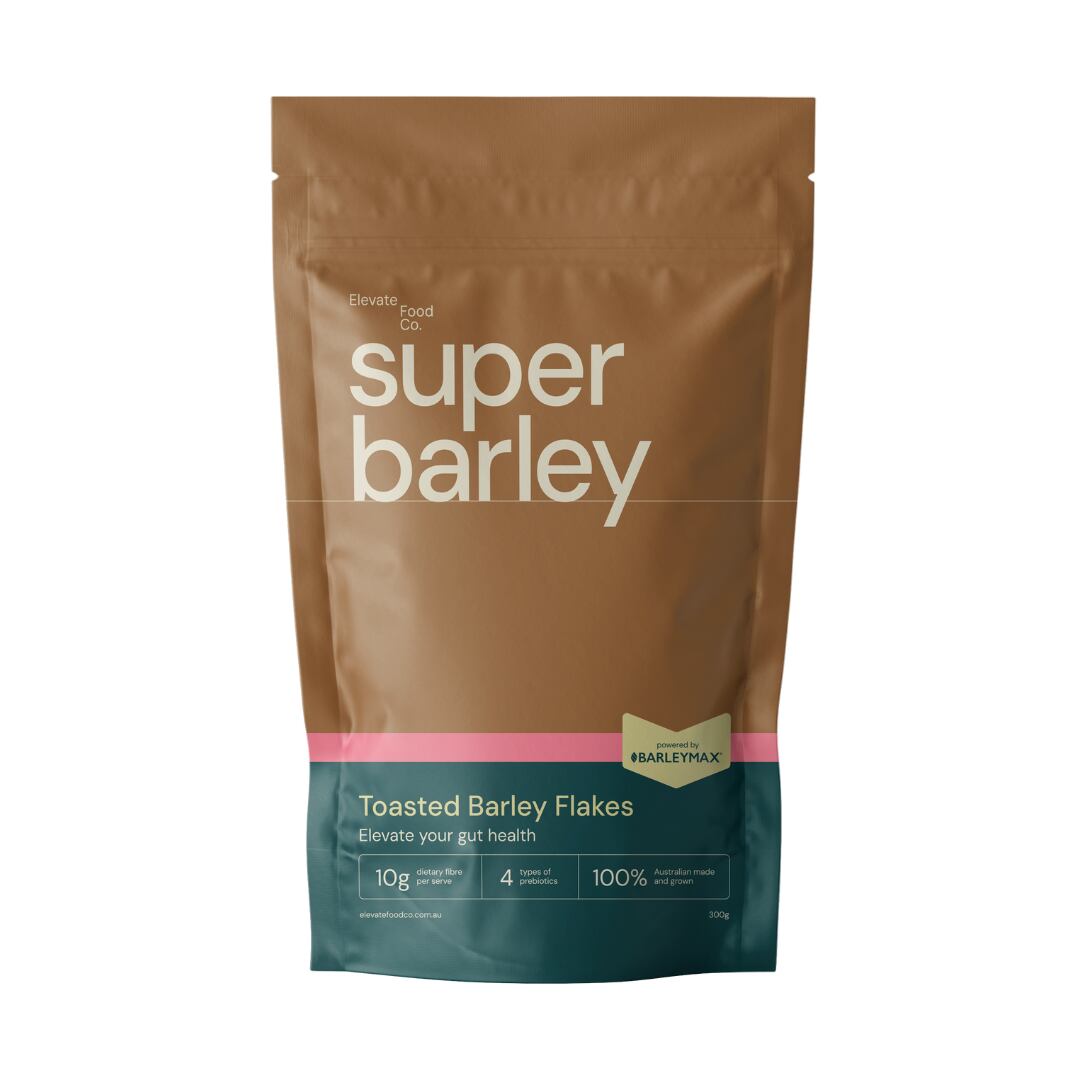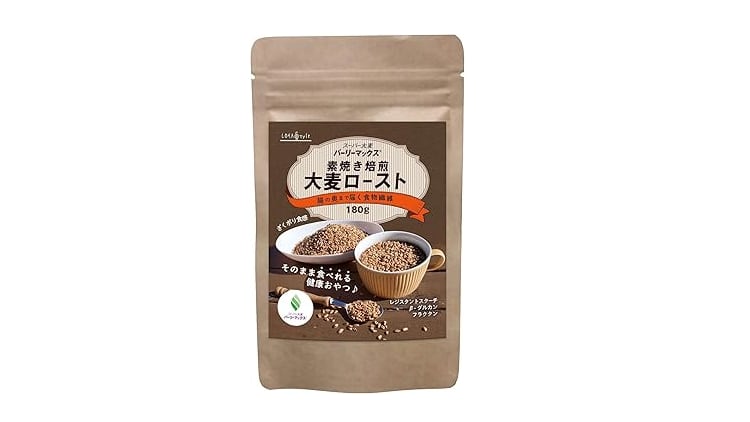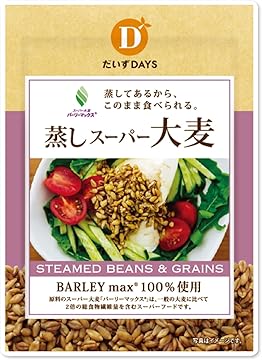This is according to Australia-based The Healthy Grain (THG), a supplier of Super Barley™ BARLEYMAX.
BARLEYMAX is an Australian-grown non-GMO super food said to be rich in total dietary fibre, protein, and also contains prebiotics.
THG has been selling BARLEYMAX to food companies since 2018, with Japan, Australia, and New Zealand its main markets.
The company has recently entered into a strategic partnership agreement with major Japanese trading company Itochu Corporation to strengthen the distribution of BARLEYMAX in Japan and Taiwan.
BARLEYMAX comes in the form of grains and was previously distributed in Japan by Teijin Corporation.
In Japan, some examples of products containing the grain include rice balls or omusubi sold in convenience chain store Family Mart.
Another example is fast food chain MOS Burger which mixes the grains into its rice patties.

In Australia, it can be found in products such as Coles Happy Gut bread range, Burgen’s Cholesterol Lowering loaf, and select artisan loaves from Edwards Sourdough.
It is also available as a stand-alone product under the Elevate Food Co. brand in Australia.

In both Japan and Taiwan, there are more than 85 products made with the grains, spanning across ready-to-eat soups, cereals, snack foods, and rice blends.

The new partnership with Itochu Corporation seeks to strengthen the BARLEYMAX’s presence in these two markets.
Speaking to NutraIngredients-Asia, Karlu Chu, CEO of THG, said that there were further opportunities for BARLEYMAX’s applications in categories such as rice, ready-to-eat meals, salads, granolas, cereals, and bakery products.
And the company hopes to leverage on Itochu’s extensive network in doing so.
“ITOCHU is a global food company which has very strong capabilities across the globe in terms of their vertical integration, from the procurement of high quality raw materials to processing, value-adding, to the distribution of both B2B and retail products.
“ITOCHU is also the owner of the Family Mart convenience stores network. By combining all of these strengths, I believe we’re in a good position to build on what we have built with Teijin,” said Chu.
In Family Mart for instance, there are opportunities in launching more omusubi products containing BARLEYMAX, said Sota Iwabuchi, merchandiser, Itochu Corporation.
While protein has been the topic of interest in Japan for many years, greater attention has been given to dietary fibre intake since last year, he said.
One of the reasons is due to the government’s introduction of dietary fibre intake guidelines.
“A few years ago, the main focus was on increasing protein intake. From last year, the focus started shifting to dietary fibre intake. The Japanese government also announced a review on the standard intake of dietary fibre,” he said.
In the Dietary Reference Intakes for Japanese (2025 Edition) published by the Ministry of Health, Labour and Welfare (MHLW), dietary fibre intake guidelines were set based on sex and age.
For men between 18 and 29, dietary fibre intake is set at above 20g per day, and above 22g for those aged 30 to 64.
For women in the above age groups, dietary fibre intake is set at above 18g per day.
These figures were calculated based on the World Health Organisation’s (WHO) guidelines and Japanese dietary fibre intake.
According to the MHLW, dietary fibre intake targets were established because insufficient intake is related to the onset of lifestyle-related diseases.
“It has been reported that consuming at least 25 to 29g of dietary fibre per day contributes to the reduction in risk of various lifestyle-related diseases.
“Based on WHO guidelines, it is considered better to consume at least 25g of dietary fibre per day, and the target amount is calculated based on the midpoint between this value and the intake amount of Japanese people as the reference value,” said the MHLW in the guidelines.
Interested in Healthier Product Innovation? Join us in this year's Growth Asia Summit!
We’ll then take a look at how some of the region’s biggest brands and most innovative suppliers are creating healthier products for the mass market, alongside reformulating and fortifying, while also assessing the pivotal topic of meeting Asia’s growing protein needs across the food, nutra and beverage space.
Growth Asia Summit 2025 takes place in Singapore on July 15 to 17 at the iconic Marina Bay Sands Expo & Convention Centre.
Book your tickets here.
What’s in BARLEYMAX
Developed by scientists at the Commonwealth Scientific and Industrial Research Organisation (CSIRO), over 30 per cent of BARLEYMAX’s composition is made up of dietary fibre.
According to THG, it has 40 times the dietary fibre of white rice, eight times the dietary fibre of brown rice and more than three times the dietary fibre of oats.
On the other hand, 15 per cent of its total composition comes from protein. It also contains four prebiotics.
According to Chu, it is backed by 12 clinical trials conducted in Australia and Japan.
Key findings include how consumption of the grains could significantly increase faecal butyric acid concentration from baseline, as well as improving microbiome diversity.
BARLEYMAX was a finalist for the Editor’s Award for Functional Food Innovation in NutraIngredients-Asia Awards 2018.





